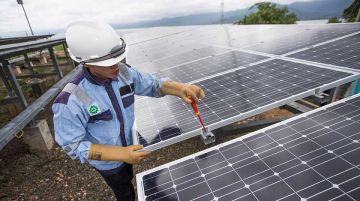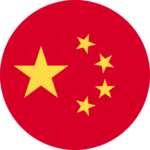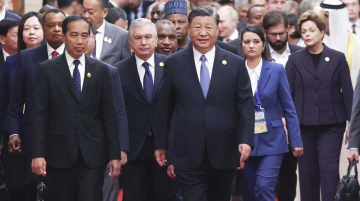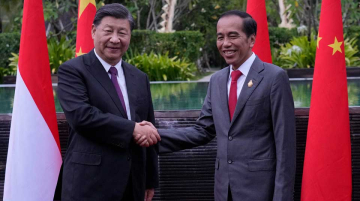
By Rebecca Ray
Over the last week, China has presided over the Council of the Parties (COP15) to the United Nations Convention on Biological Diversity (CBD) in Montreal. China has chaired COP15 since the COVID-19 pandemic prevented countries from convening in person in Kunming in 2020.
Over the last two years, the Boston University Global Development Policy Center has tracked the biodiversity risks and impacts of Chinese investment and development finance projects globally and in the biodiversity hotspots of the Amazon basin and Indonesia. Last week, the latest study in the series was released, examining the risks to marine and coastal biodiversity from China’s overseas development finance.
We examined the risks posed by 114 projects financed by the China Development Bank (CDB) and the Export-Import Bank of China (CHEXIM) in coastal and ocean regions of 39 countries across Africa, Asia, Europe, Latin America, and the Caribbean and Oceania. We found a dramatic variation of risk levels across projects, demonstrating the importance of host countries and China working together to “blue” the Belt and Road Initiative (BRI) and channel development finance toward sustainable coastal development.
Among the 39 countries in the study, Western and Central Africa (including Angola, Cameroon, and Côte d’Ivoire) showed some of the highest total risk levels, particularly for the potential impact on Indigenous-use seas, the marine ecosystems that support Indigenous communities’ lives and livelihoods. These results are notable, considering that total coastlines of these countries are much smaller relative to larger coastal and island countries like the Philippines. Part of the reason for the unusually high-risk levels in West and Central Africa is the prevalence of Chinese-financed ports. Like the CHEXIM-financed ones in Abidjan, Côte d’Ivoire, and Kribi, Cameroon, ports are by far the highest-risk type of coastal project in the study due to the many avenues for potential impact: habitat displacement, light and noise pollution, and invasive species brought on ships, for example.

In contrast to the risks posed by West African ports to Indigenous communities, the Chinese-financed expansion of the Maldives’ Valana Airport seaplane terminal stands out as a lower-risk example. Home to the Baa Atoll Biosphere Reserve, the Maldives has long depended on healthy marine ecosystems to attract global tourism, particularly ecotourism. Seaplane facilities are crucial support infrastructure for access to the Maldives’ many small islands and remote resorts. Rather than competing with existing ocean-based livelihoods, the Valana Airport supports them.
Overall, the risks posed by China’s overseas development projects – including ports – are limited to relatively small geographic areas around the construction sites. In most cases, risk levels fall by half within 10 kilometers of the site. Thus, even for nations hoping to expand their port facilities, planners have the ability – and therefore the responsibility – to plan them responsibly and limit their impact on coastal ecosystems and the communities they support.
At COP15 in Montreal, world leaders are expected to sign the Post-2020 Global Biodiversity Framework. Among the Framework’s goals is a complete accounting of how nature supports people and the incorporation of this accounting into all public policy decisions. Our work shows how important that accounting can be. Where host countries have used Chinese finance to complement existing nature-based livelihoods, projects show lower risk to marine biodiversity and by extension, to the communities that depend on it. “Blue-ing” development finance is crucial for communities, economies, and the entire BRI.
Rebecca Ray is a Senior Academic Researcher at the Boston University Global Development Policy Center. Follow her on Twitter: @BUBeckyRay.






